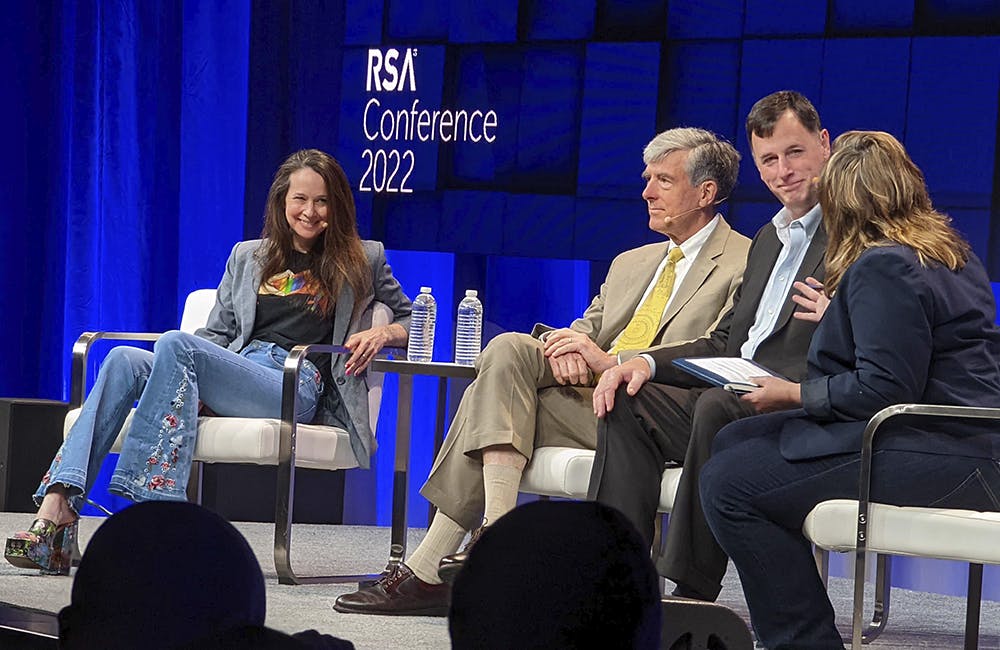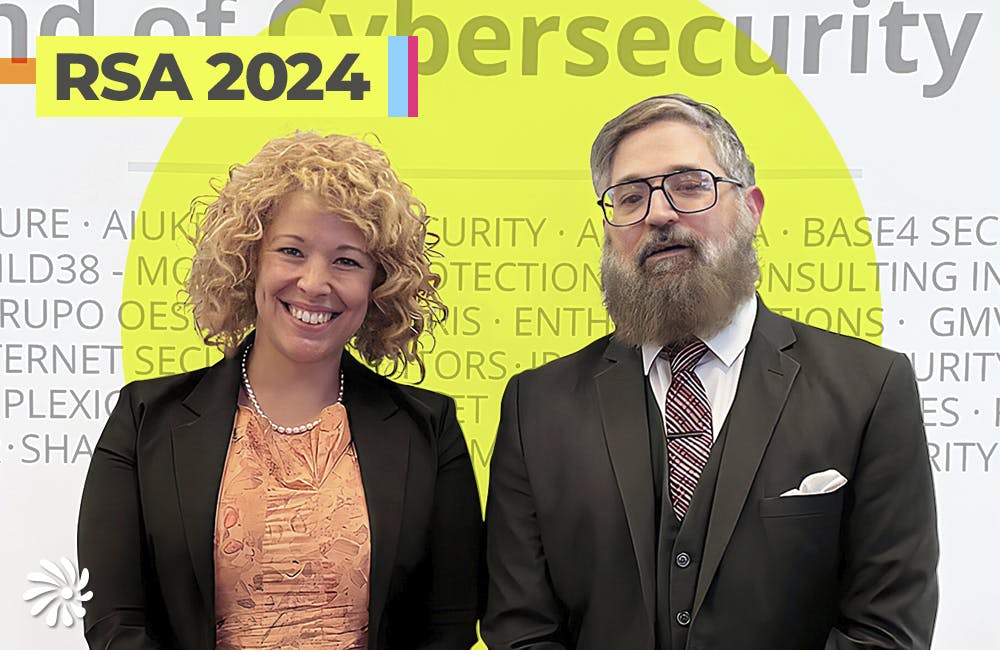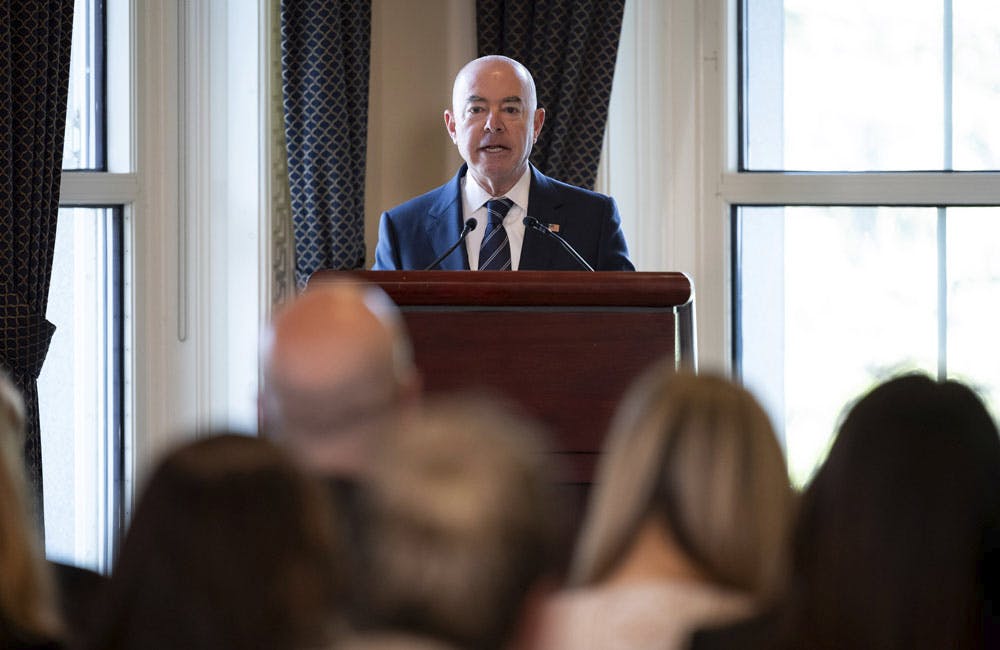Enterprise Talent Management, Culture Shift Make Up DOD Cyber Workforce Strategy
The Defense Department’s program lead for cyberspace workforce development said that collaboration and partnerships are also critical to modernizing cyber hiring.

SAN DIEGO — The Defense Department is setting concrete goals to better recruit, train and hire talent, Matthew Isnor, program lead for cyberspace workforce development at DOD, said at AFCEA West 2024 Tuesday.
“The department wants to be the employer of choice in the future. We have kind of sat on our laurels for a long time where we think people are going to show up to our front door and just want to be part of the government,” Isnor said at the event. “Times have changed. … We have to be more proactive with our recruitment and retention.”
Isnor outlined the four goals of the strategy, which it is using across the department to hire new recruits. DOD’s cyber workforce strategy outlines four human capital needs — identification, recruitment, development and retention — and four concrete goals:
- Execute consistent capability assessment and analysis processes to stay ahead of force needs.
- Establish an enterprise-wide talent management program to better align force capabilities with current and future requirements.
- Facilitate a cultural shift to optimize department-wide personnel management activities.
- Foster collaboration and partnerships to enhance capability development, operational effectiveness and career broadening experiences.
The department is taking these steps to be more flexible, agile and responsive, according to Isnor. It has created an implementation plan with 22 various objectives and 38 initiatives built upon those objectives. For example, DOD is experimenting with dramatically lowering hiring windows, from 100 days on average to 45-60 days, with the hope that the pilot’s faster hiring will improve recruitment.
Isnor said the department is also considering ways to more proactively recruit, through job application boards like LinkedIn or Indeed, strengthening industry partnerships and putting together training and academic curriculums. The goal, Isnor added, is preparing the agency for its cyber workforce needs for the next five to 10 years.
Once employees are hired, the challenge of retaining and upskilling them becomes paramount. Isnor said that skill-based assessments will be made annually of employees, as well as providing at least 20 hours of training a year to boost employee development.
“This is a total force effort, you got to make sure that we incentivize them to want to stay, to be part of the department,” Isnor said. “Even if it’s in that program where they leave the department, but want to come back and still be part of the mission, we’ve got to come up with ways to think outside the box to do that.”
This is a carousel with manually rotating slides. Use Next and Previous buttons to navigate or jump to a slide with the slide dots
-

68 Software Firms Sign CISA’s Secure-by-Design Pledge
A year since CISA's initiative, tech companies say their products will have built-in security features from the start.
3m read -

Spain’s Cyber Agency is Incubating Businesses to Protect NATO Cyberspace
INCIBE Secretary General Carla Redondo Galbarriatu said the private sector is key to strengthening cybersecurity.
12m listen -

DHS AI Board Sees Civil Rights as ‘Part and Parcel’ of AI Safety
Secretary Alejandro Mayorkas shared details about the new board's first meeting and how he sees it transforming the agency's AI development.
3m read -

Cyber Strategy 2.0 Stresses Critical Infrastructure Protections
A year after its release, the second cybersecurity strategy and implementation plan focus on new initiatives for critical infrastructure.
5m read








